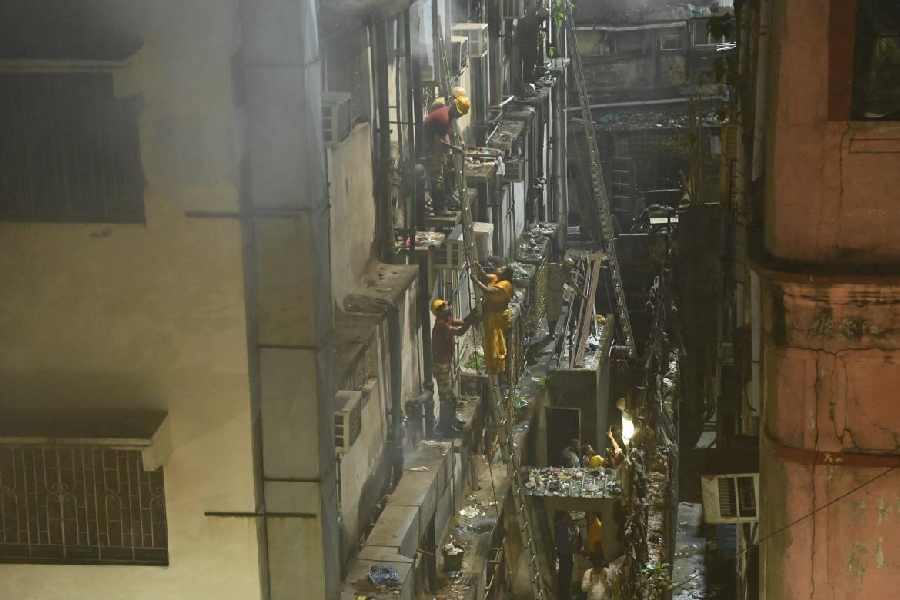 |
New Delhi, April 24: In its first forecast for the 2006 monsoon, the Indian Meteorological Department (IMD) today predicted that the country would receive below normal rainfall ? 93 per cent of the average for the four-month monsoon season.
The IMD forecast suggests that rainfall measured for the whole of India from June through September would be just 82.8 cm instead of the long period average of 89 cm.
The IMD also said there is a 22 per cent likelihood that the rainfall in 2006 would be deficient ? below 90 per cent of the average. The probability of deficient rainfall this year is five times higher than the 4 per cent probability in 2005.
“These are very early signals and things could change in the coming months,” said Madhavan Rajeevan, director of the IMD’s National Climate Centre in Pune. “But, for the moment, it looks like slightly below normal,” he said.
This is the first “below normal” forecast from the IMD in nine years under the new definitions of below normal rainfall. In 1997, the IMD had predicted 92 per cent, but the actual performance was 102 per cent.
The IMD issues monsoon season forecasts after statistical analysis of eight weather parameters from around the world ? wind, snow cover, atmospheric pressures and sea surface temperatures, among others. The numerical values of these parameters can influence the monsoon.
Favourable values can translate into good rainfall, while unfavourable values can mean poor rainfall.
“This year, four of the eight parameters are unfavourable for the monsoon,” Rajeevan said. “Last year, three parameters were unfavourable.” ( See chart)
One distant weather parameter that is known to influence monsoon is El Nino ? a rise in the sea surface temperature in the Pacific Ocean off the coast of Peru. A high sea surface temperature can translate into a below normal monsoon in India.
Although the Pacific sea surface temperatures are now relatively cool, predictions suggest a “steady but slow warming” in the coming months, senior IMD officials said. “But the predicted warming is not alarming,” said IMD director-general Phukan Lal.
The season forecast is not designed to give information about the distribution of rainfall over space or time. During the first week of July, the IMD will provide an updated seasonal forecast that will include forecasts for four regions of India and a forecast for July ? a month crucial for agriculture.
Over the past decade, meteorologists have acknowledged that the season forecast needs to be improved. Several times in the past, actual rainfall has been significantly different from the predicted rainfall. (See chart)
A 93 per cent rainfall would have been “normal” under the old definition. But for the past few years, IMD has been classifying values under 98 per cent as below normal.










